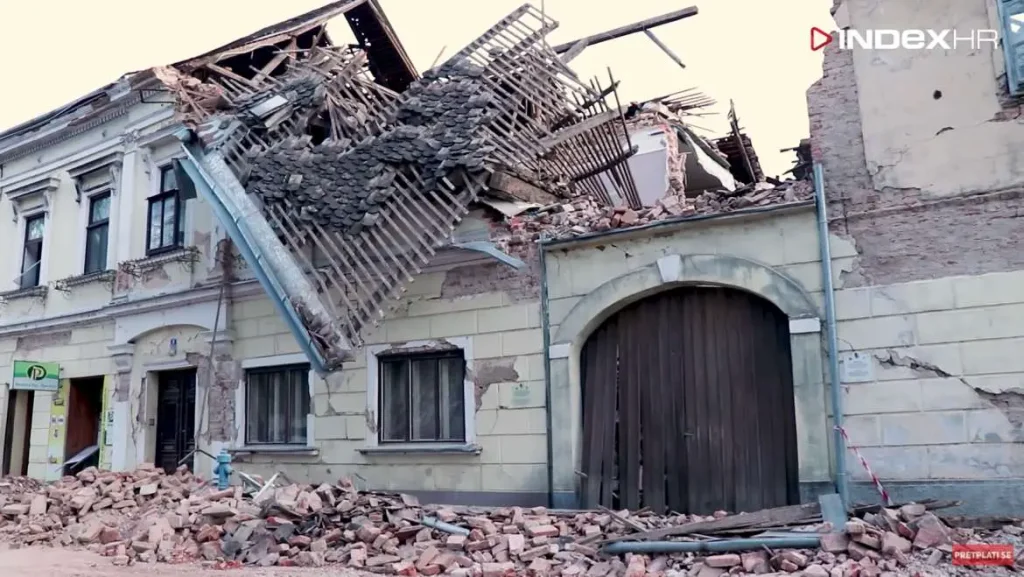Of those 118,000 residents in need of aid, 60% are people in vulnerable groups, Ombudswoman Tena Šimonović Einwalter said during the presentation of the study on the estimates of humanitarian needs in the quake-hit county.
Šimonović Einwalter underscored that the local population is faced with a threefold danger: the COVID-19 pandemic, the repercussions of the earthquakes and the consequences of the Homeland War.
The earthquakes have exposed the problems the locals had been coping with since the war, she said, adding that this county was one of the underdeveloped regions in Croatia.
The ombudswoman said that some of the rights that local inhabitants cannot exercise are the right to accommodation, the right to water and sanitation, the right to a proper diet, and the right to have access to social protection, education and employment. She pointed out the importance of civil society associations that are faster and more flexible than the state in providing aid to those in need on a daily basis.
More than 800 houses rebuilt, additional 600 properties being reconstructed
Croatia’s Deputy Prime Minster in charge of social activities and human rights, Boris Milošević, told the event that the earthquakes had directed attention to the county and he commented on the government-sponsored plan for the revitalisation of the region.
I cannot say that I am satisfied with the pace of post-quake reconstruction. I am aware of all the problems we are faced with and of the extent of the quakes and the procedures necessary to prepare aid. However, we have achieved some results, the Deputy PM said.
He said that over 800 houses had been reconstructed and that the reconstruction of an additional 600 houses was under way.
The next stage that refers to the construction of new houses to replace those properties which were torn down by the disaster will now ensue.
He believes that contracts for the construction of nearly 500 new houses could be concluded by February.
Furthermore, 40 blocks with over 600 flats will be also covered by the contracts.
The coordinator of humanitarian activists in the county, Dijana Durić, said that an intervention plan for 2022 would now be drawn up.
The analysis in the study was prepared based on interviews with locals who had to leave their homes and be accommodated in container settlements or in collective accommodation centres after the quakes.
The analysis show that 3,500 families were left homeless by the natural disaster. An estimated 6,000 households receive packages of donated food on a monthly basis.
A quarter of the local population has no connections to the water supply network, and they are supplied with drinking water from their private wells.
Furthermore, a fifth of the population is in the age cohort above 65. Nearly 14,000 children also suffer the consequences of the earthquakes.










